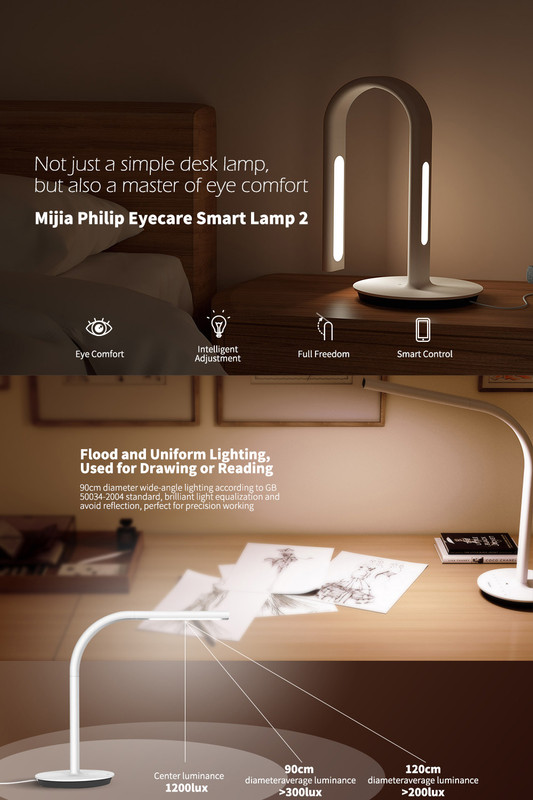Welcome,
For a long time I was thinking about choosing a desk lamp for the room. Initially, I thought about Blitzwolf, I have a phone charger and several cables from this manufacturer, they are well made, I was scared by the shiny casing (collecting dust and micro scratches).
Finally, it fell on one of two lights:
Mijia PHILIPS Eyecare Smart Table Lamp 2 - https://www.gearbest.com/table-lamps/pp_009157622429.html?wid=1101231&lkid=19932389
And
Xiaomi Mijia Yeelight MJTD01YL - https://www.gearbest.com/table-lamps/pp_363779.html?wid=1101231&lkid=19932391
It’s true … on the internet we find dozens of reviews of both products, thousands of photos, a lot of opinions, but there is a lack of focus on the most important element - photos of how it shines.
Like you, I also had a dilemma which one is better, it would seem that Yeelight dominates the product produced by Philips, because we can set the color 4000K (or the color from the product of Philips) and others such as 2700K, 3500K, 5500K, 6500K and your own settings, but is this match really won by Yeelight?
Due to the lack of reliable reviews by order, order both desk lamps and compare. It will not be a typical review, there will be no mass of photos, etc. I only present differences in the control and lighting method of both products.
I set the white and ISO balance for both products identically, I changed only the exposure time (from near and far - only in these two cases).
Yeelight lamp - 2700K
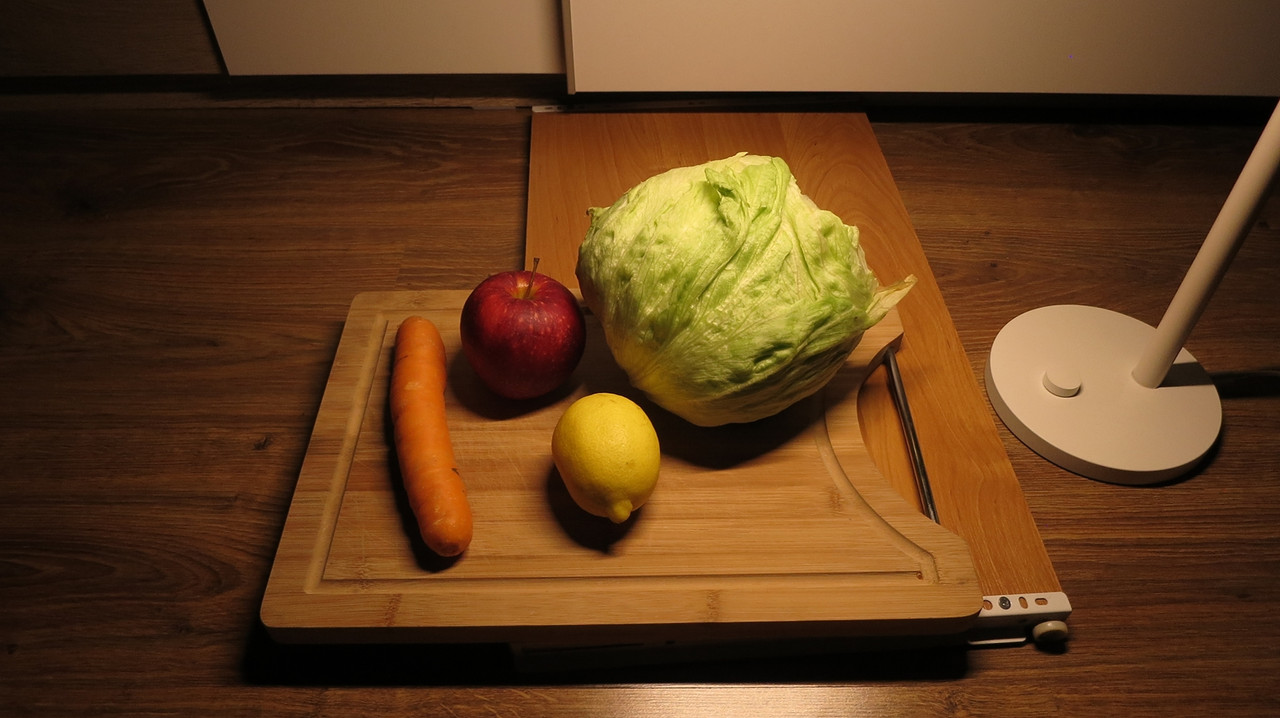
Yeelight lamp - 3500K

Yeelight lamp - 4000K
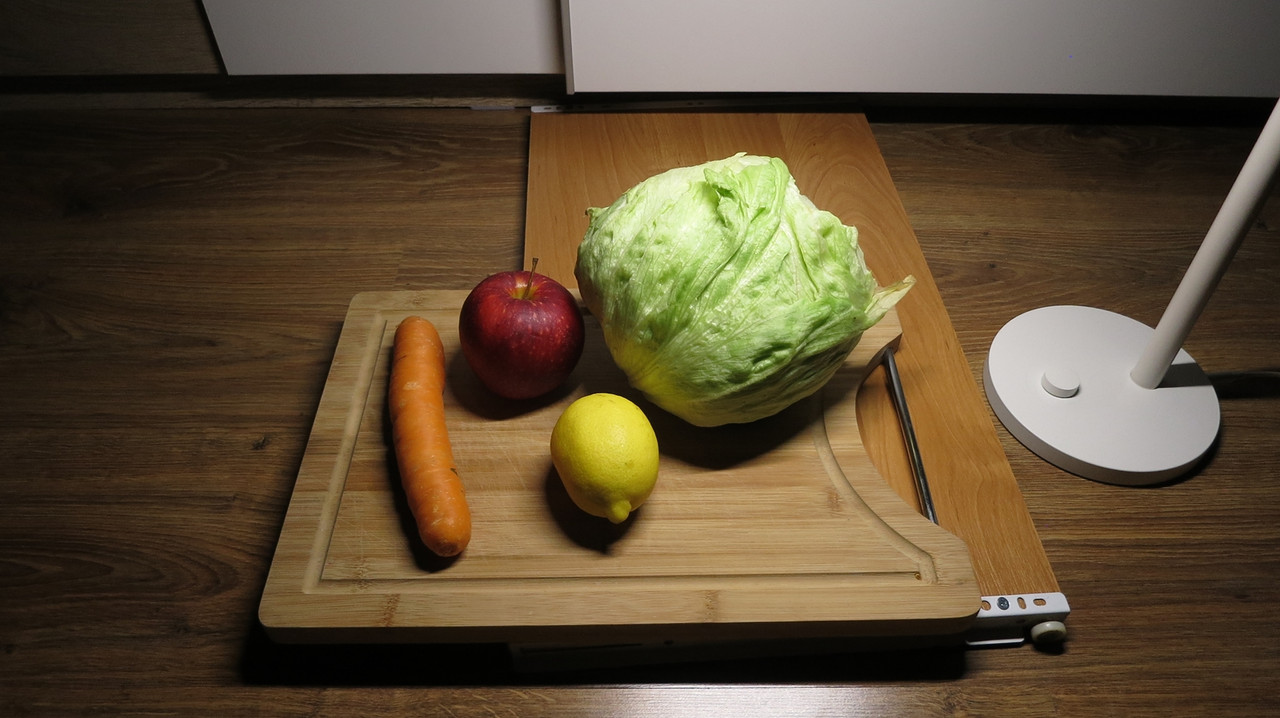
Philips Xiaomi 4000K lamp - here it is worth to stop for a moment, because the photo shows the difference in the color of both products. Philips shines neutrally, very pleasantly. Yeelight is also a great product, but it is worth noting that in this color you can see a lot of pink. This is not a bad thing if we choose a lamp to the forest, but is it a desirable “color” in this type of lamp that stands on the desk and we spend a lot of time with it? I do not think so, however.

Yeelight lamp - 5500K

Yeelight lamp - 6500K
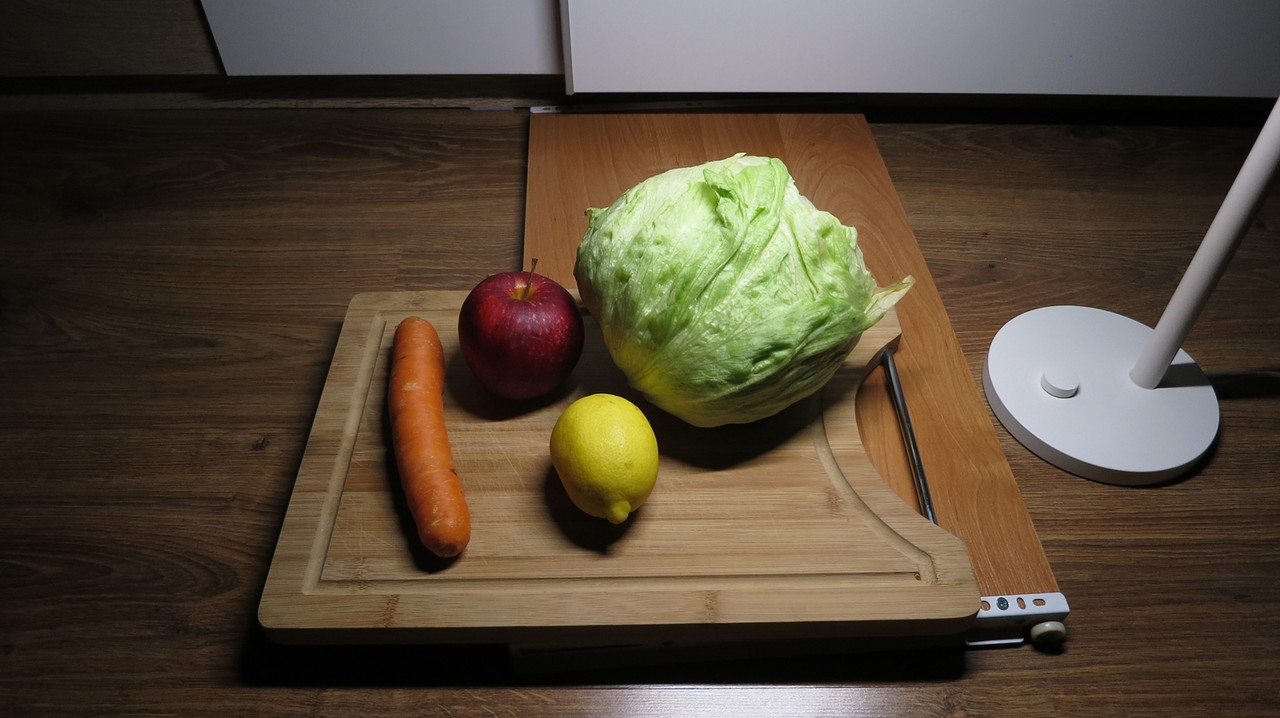
Yeelight lamp - brightness in succession 1, 25, 50 and 100% and “ambilight” mode - by the way this mode looks much better than the one from the Philips product, in which at the back we find a dedicated lamp “ambilight”
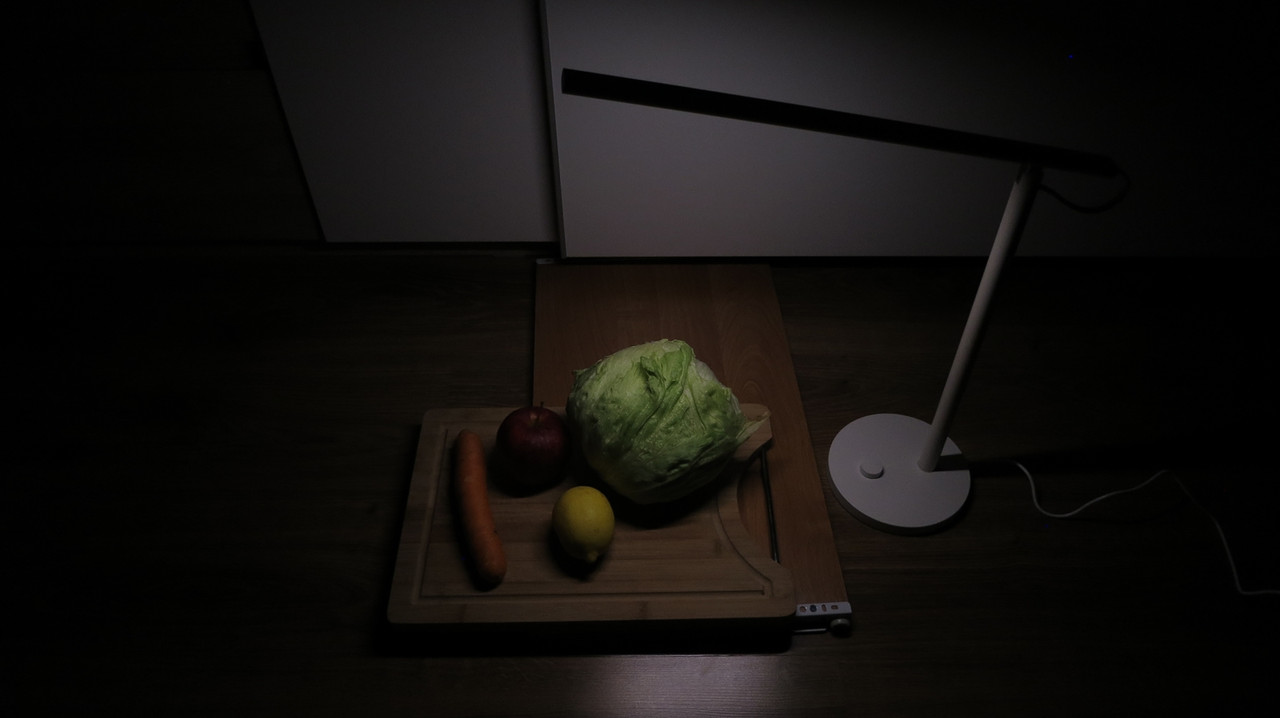
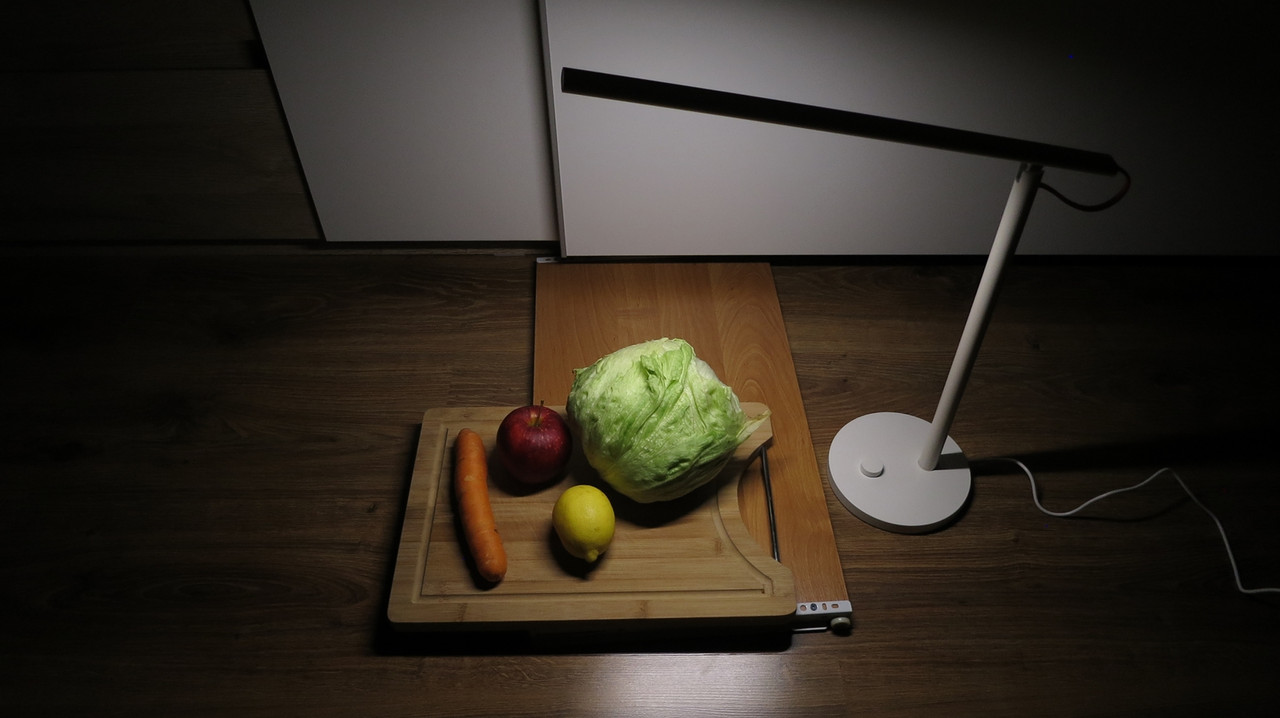
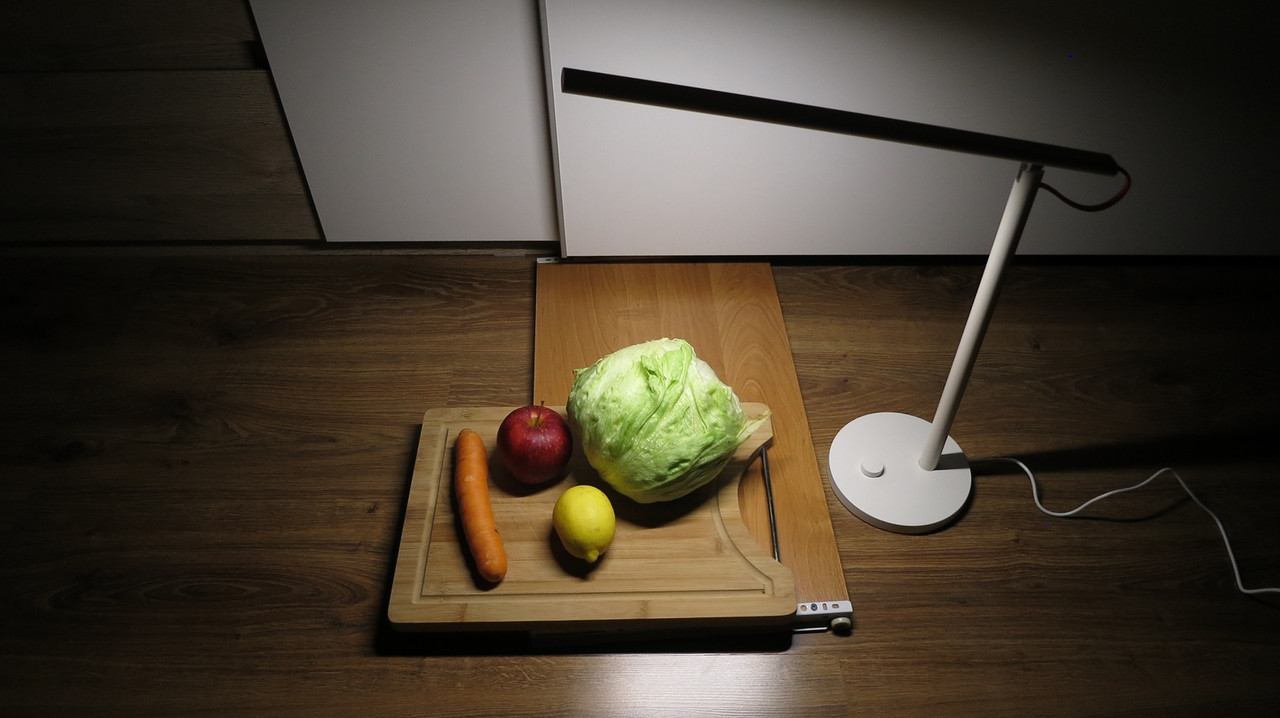
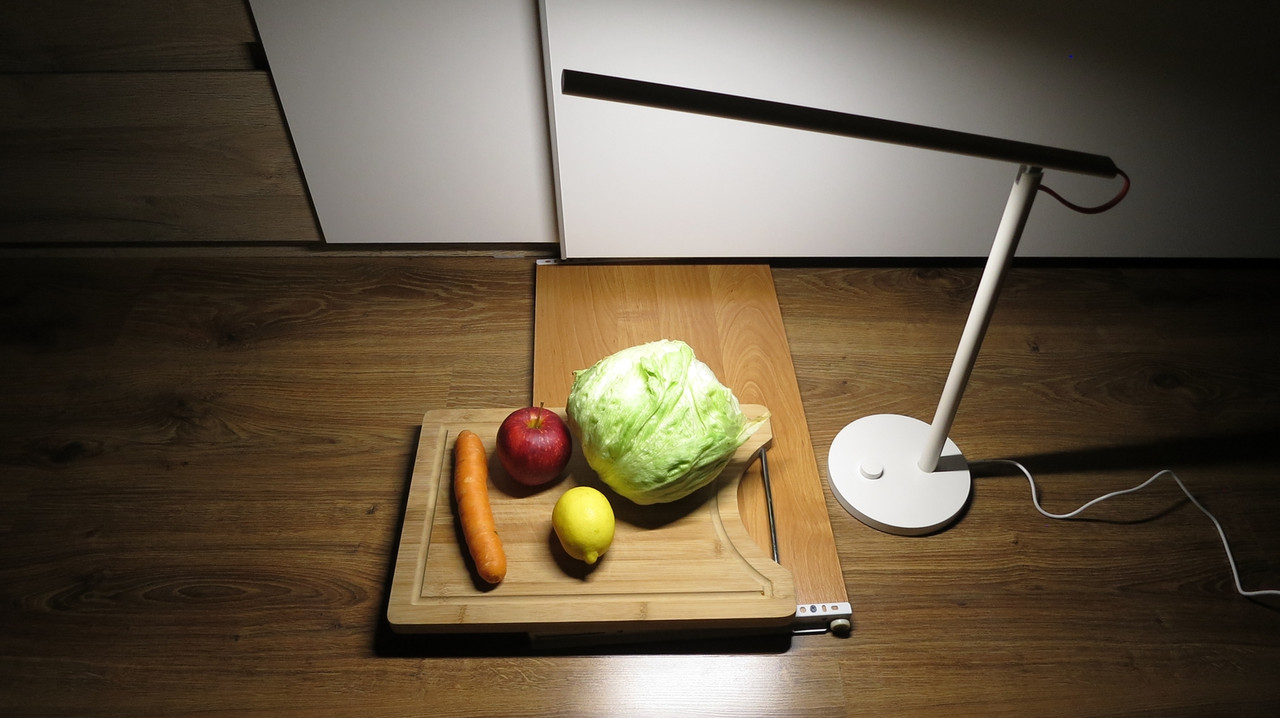
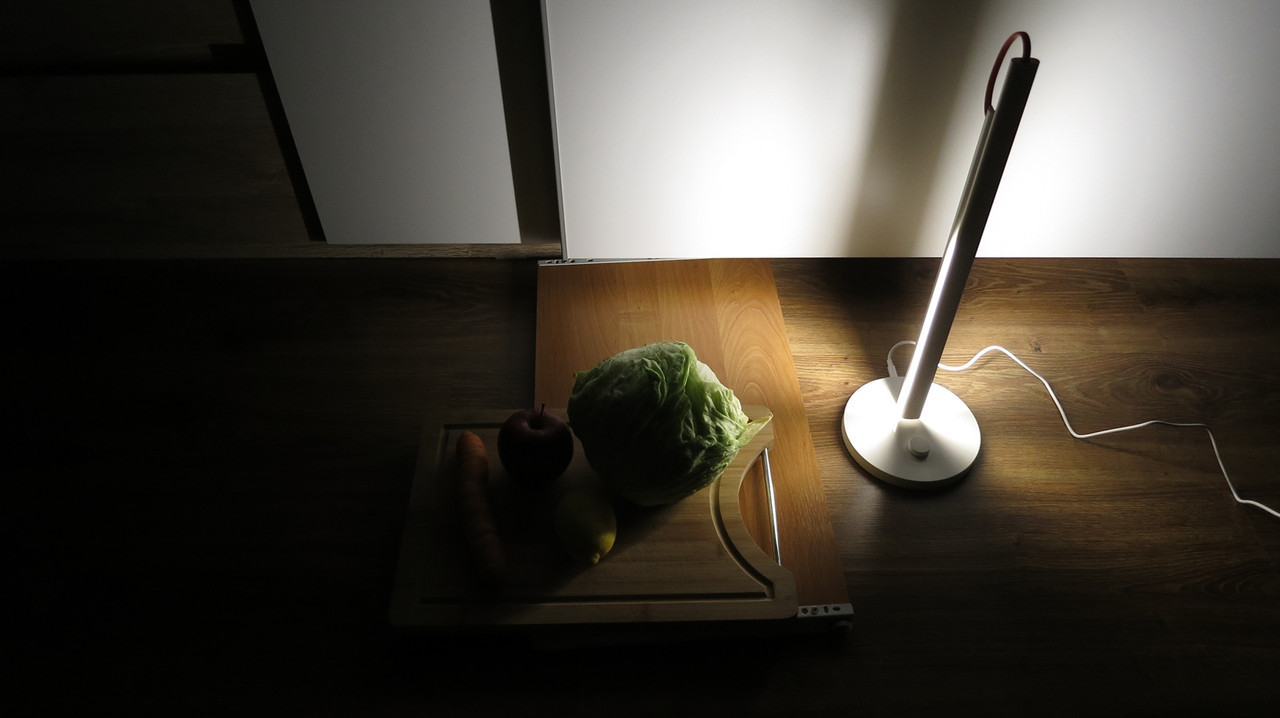
The second set of photos shows the way the lamp from Philips is lit - I did not set the application only with dots on the touch casing, the last picture shows the main lamp + ambilight
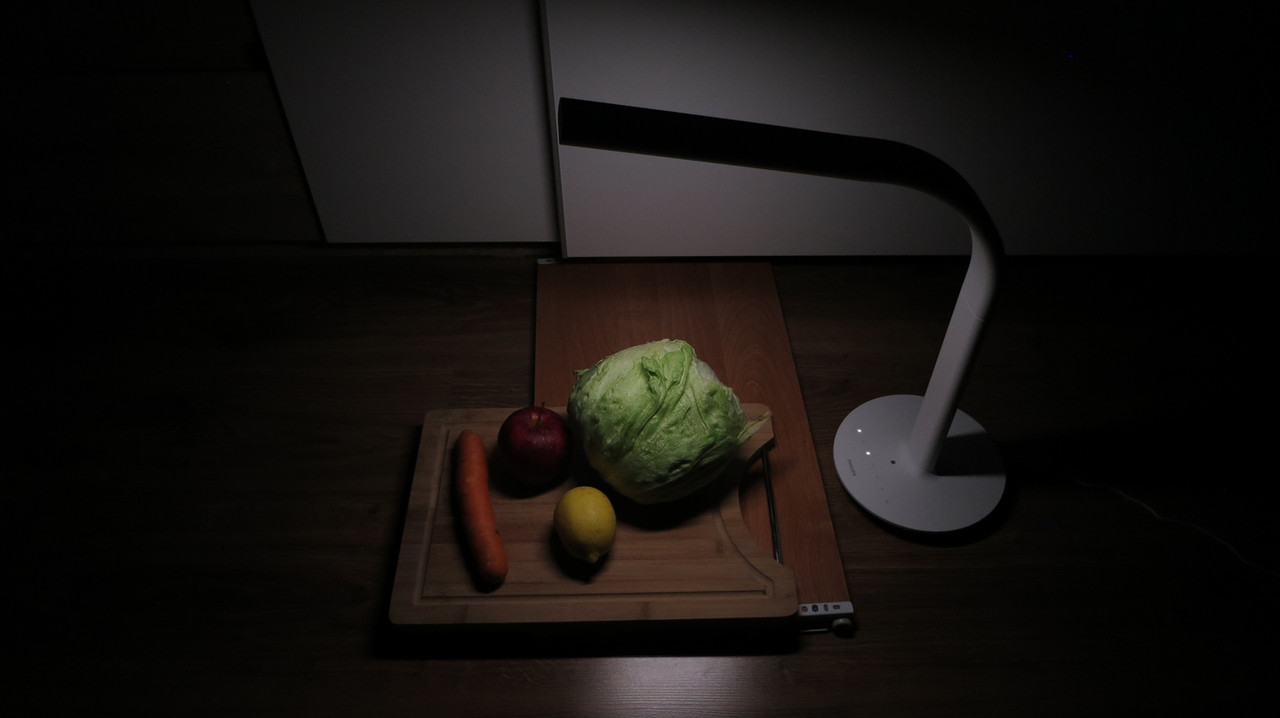
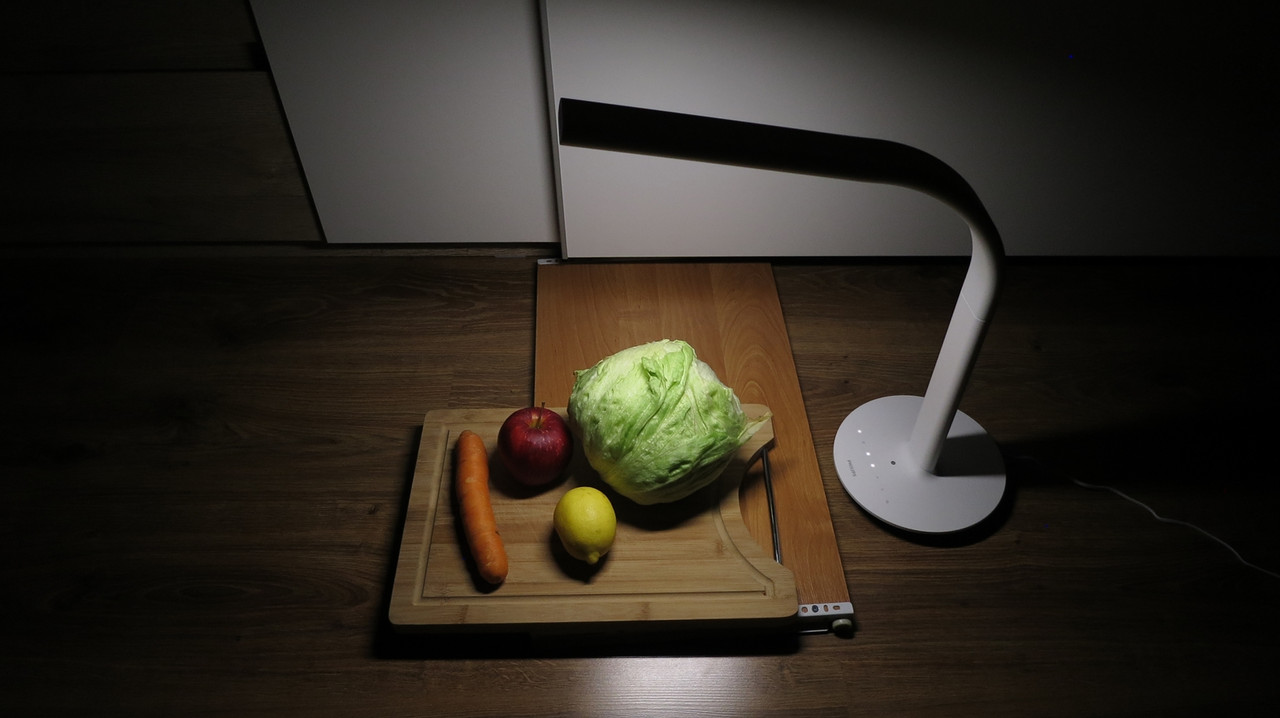
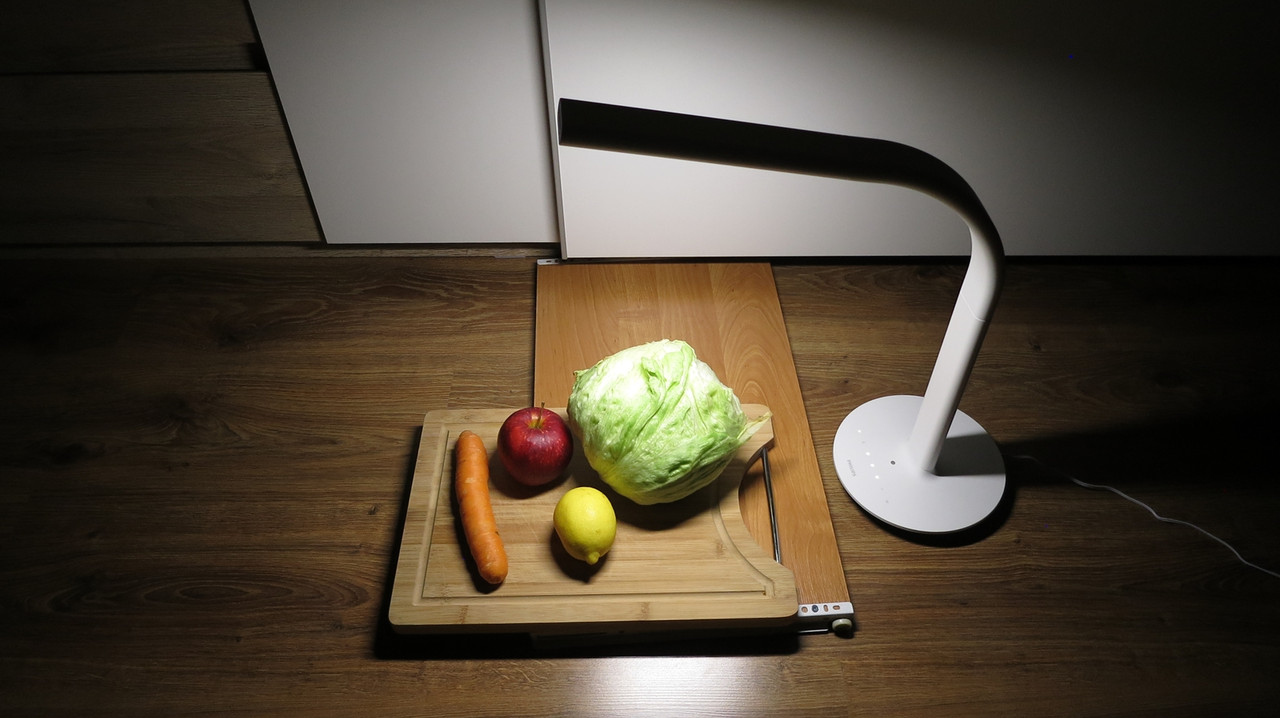
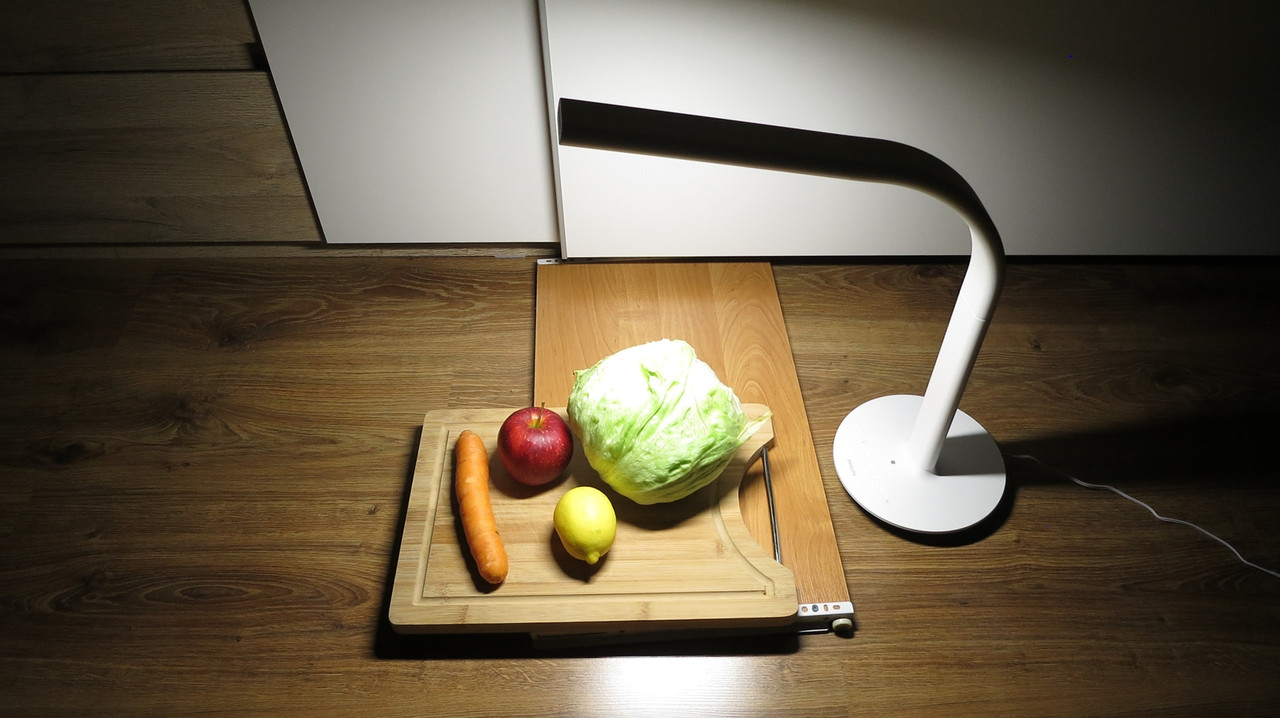
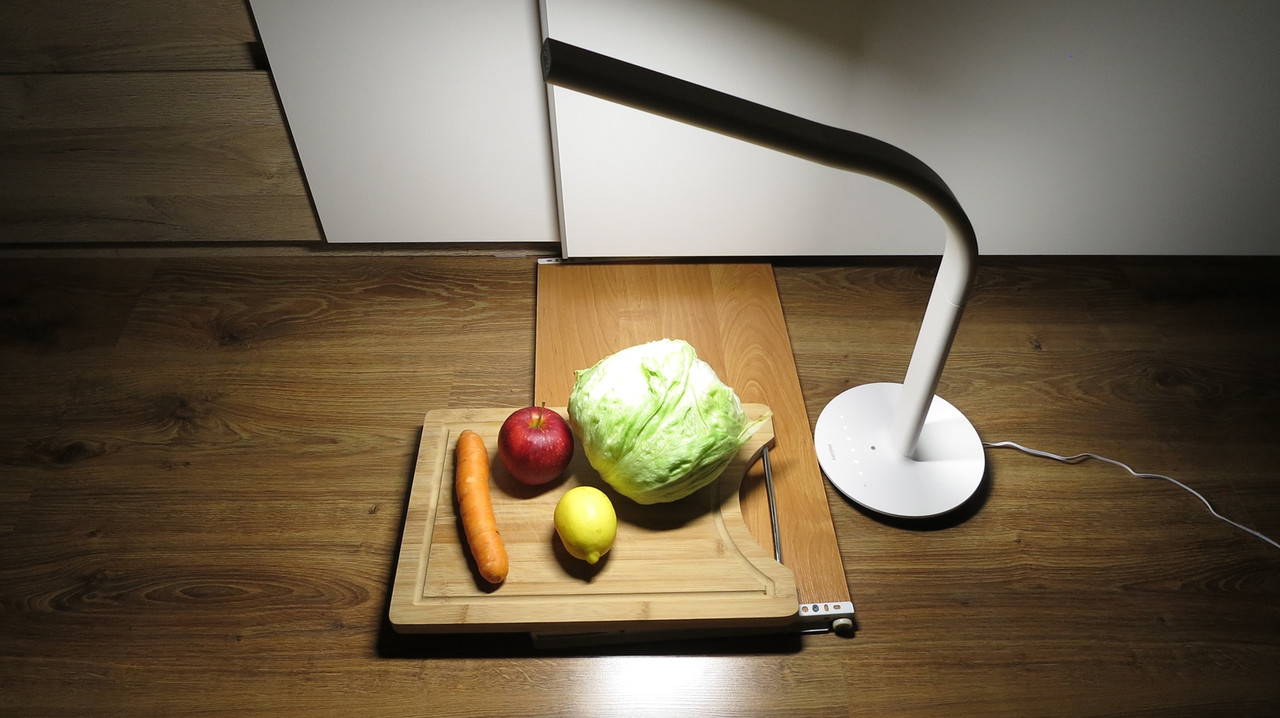
Looking at photos, the difference is minimal, unfortunately the brightness and many white elements effectively blur the difference between these products.
You can see the difference in these two pictures taken by phone:
Philips

Yeelight
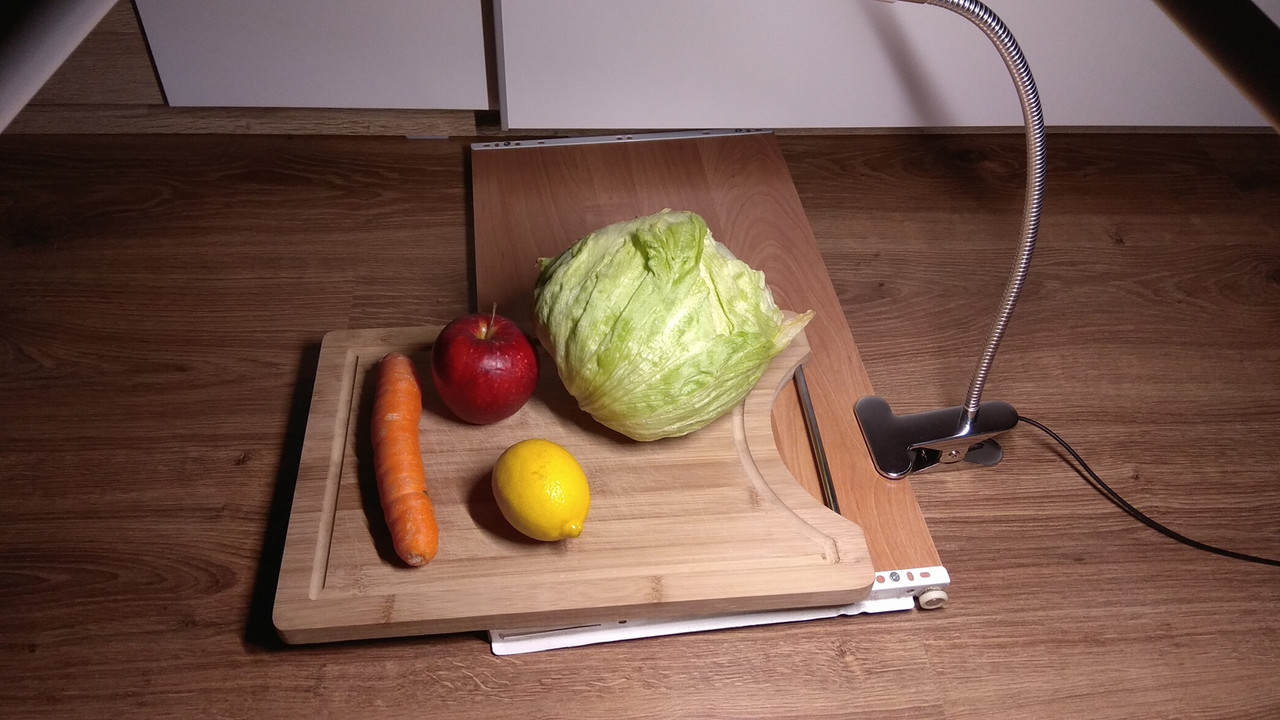
These two pictures clearly show how the Yeelight is set to 4000K and Philips, which “has” 4000K. Philips is more neutral and we do not witness pink in its color. In fact, Yeelight shines a bit more neutrally (but quite differently than Philips).
Choosing one of these two lamps, it is worth answering the question whether the color of 4000K from Philips will not be too cold? In my opinion, no, I’ve been using it for about 2 months and will stay with me for longer.
control:
Both lamps can be controlled using the application
for Philips - MiHome application
for Yeelight - Yeelight app
Philips lamp has a touch panel that allows you to select brightness, turn on or off the ambilight, we can turn on the lamp only in ambilight mode holding the switch for about 1 second (we do not have the possibility from the application !!!) and mode using the light sensor.
The Yeelight lamp allows you to control the brightness by turning the knob or change the color (without using the application) by pressing and turning the knob.
The control is very intuitive and it is rather an individual matter.
Execution - very good. In Yeelight, the workmanship is made of metal, the stand is plastic.
Philips, made of plastic (on the Internet you can read that the skeleton is made of metal to strengthen the structure) and the movable element of silicone (strength according to the manufacturer 100,000 use), in addition to be resistant to yellowing, but we will see in a few years.
Both are made impeccably.
A full display of the possibilities of the Philips lamp:
Yeelight:
(the blue color of cold colors is just the wrong white balance setting by the camera)
Summarizing:
Philips shines more neutrally, Yeelight allows better color matching, but the color itself is more “pink”. The performance in both is at a very high level, the look is rather an individual choice of each of us, I like the Yeelight more, but Philips is smaller and has a touch panel.
The disadvantage is the lack of a USB port for charging devices or wireless charging for newer phones.
It is worth paying attention to one more parameter - diodes. While in the case of Philips, we will certainly get good quality diodes that meet the standards of “healthy light”, but in the case of Yeelight we are not so sure. On the internet you can find information that the diodes used come from Osram - if it is, we can also be sure.
Brightness? - it’s enough, I personally use Philips and Yeelight lamps in the lowest light mode.
And the most important question to choose?
I leave myself a Philips product, it provides more neutral light, after consulting people who are in love with light - this kind of “lighting” is more suitable for the home.
Choosing Yeelight remember to buy a European plug into the outlet. In the set we only get a charger with a Chinese plug.
No matter which one you choose - I can assure you that you will be 100% satisfied.



